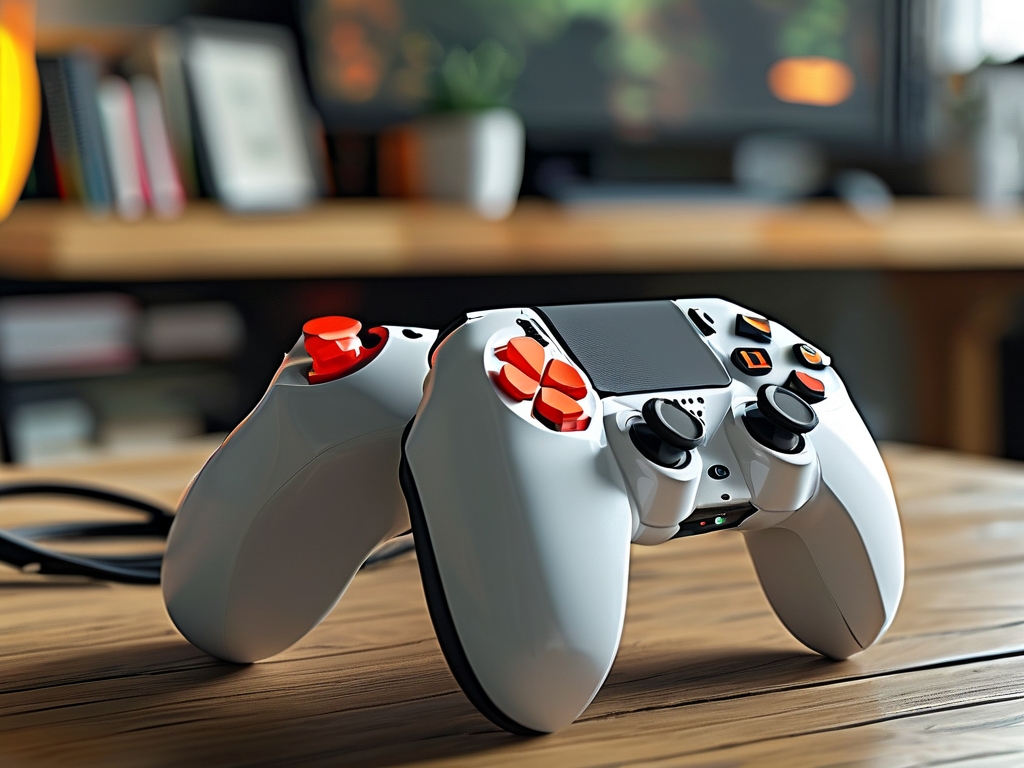The inverted pendulum, a classic problem in control theory, has long served as a benchmark for testing stabilization strategies in nonlinear dynamic systems. Widely applied in robotics, aerospace engineering, and transportation systems (e.g., Segway and rocket stabilization), this inherently unstable system demands sophisticated control algorithms to maintain equilibrium. This article explores six widely-used control methodologies, analyzing their principles, implementations, and comparative advantages.

1. PID Control (Proportional-Integral-Derivative)
As the foundational control strategy, PID remains popular due to its simplicity and adaptability. The proportional term corrects current position errors, the integral addresses accumulated past errors, and the derivative anticipates future deviations. For inverted pendulums, engineers often implement cascade PID structures:
- Inner loop: Stabilizes pendulum angle using PD control
- Outer loop: Adjusts cart position with PI control
While effective for small disturbances, PID struggles with large-angle deviations and requires meticulous gain tuning. Practical implementations often incorporate feedforward compensation to handle nonlinear friction forces.
2. Linear Quadratic Regulator (LQR)
This optimal control technique minimizes a quadratic cost function balancing state errors and control effort. By solving Riccati equations, LQR determines optimal feedback gains for the system's linearized state-space model:
ẋ = Ax + Bu
Typical state variables include cart position, pendulum angle, and their derivatives. LQR excels in simulation but faces real-world challenges from unmodeled dynamics like joint flexibility. Modern variants combine LQR with disturbance observers to enhance robustness.
3. Fuzzy Logic Control
Mamdani-type fuzzy controllers mimic human operator decisions through linguistic rules. A typical configuration uses:
- Inputs: Angle error (e) and angular velocity (ė)
- Output: Motor voltage
Membership functions transform crisp measurements into "Negative Big," "Positive Small" etc. Rule bases like "IF e is NB AND ė is PS THEN output is NM" enable smooth nonlinear control. While eliminating complex math, fuzzy systems require expert knowledge for rule creation and may lack rigorous stability proofs.
4. Neural Network Control
Reinforcement learning architectures, particularly Deep Deterministic Policy Gradient (DDPG), show promise in handling the pendulum's nonlinear dynamics. A three-layer network with 10 hidden neurons can approximate optimal control policies through offline training on simulated data. Critical challenges include:
- Sample efficiency during training
- Real-time computation constraints
- Stability guarantees
Hybrid approaches combining neural networks with sliding mode control have demonstrated improved disturbance rejection.
5. Sliding Mode Control (SMC)
This robust variable structure control forces system trajectories onto a predetermined sliding surface. For the inverted pendulum, the sliding surface might combine angle and position states:
s = c₁θ + c₂x + c₃θ̇ + c₄ẋ
The control law alternates between u = -K·sign(s) to achieve finite-time convergence. While SMC provides excellent disturbance rejection, chattering effects necessitate boundary layer techniques or higher-order sliding modes.
6. Model Predictive Control (MPC)
MPC solves a receding-horizon optimization problem at each time step. Using a discrete-time model:
x(k+1) = f(x(k), u(k))
It predicts future states while respecting actuator constraints (e.g., maximum motor torque). For real-time implementation, explicit MPC solutions pre-compute control laws offline. A 2023 study achieved 10ms sampling times using quadratic programming solvers on embedded GPUs.
Comparative Analysis
| Algorithm | Stability Proof | Computation Load | Robustness | Tuning Complexity |
|--------------|-----------------|------------------|------------|-------------------|
| PID | Empirical | Low | Moderate | Moderate |
| LQR | Theoretical | Medium | Low | High |
| Fuzzy | None | Medium | High | Very High |
| Neural Network| Partial | High | Medium | Extreme |
| SMC | Theoretical | Medium | Very High | High |
| MPC | Theoretical | Very High | High | Extreme |
Implementation Considerations
Hardware constraints dramatically influence algorithm selection. Microcontroller-based systems often employ PID or gain-scheduled LQR, while FPGA implementations enable complex MPC. Recent trends favor hybrid approaches:
- LQR with fuzzy gain adjustment
- SMC augmented with neural disturbance estimators
- MPC using reduced-order models for faster computation
Future Directions
Quantum control algorithms and neuromorphic computing architectures present exciting frontiers. Researchers at MIT recently demonstrated a quantum PID controller achieving 10x faster response times in simulated pendulum stabilization. Meanwhile, memristor-based neural controllers show potential for ultra-low-power implementations in autonomous robots.
In , the choice of control algorithm depends on specific application requirements, available computational resources, and desired performance characteristics. As cyber-physical systems grow more complex, the inverted pendulum continues to drive innovations in nonlinear control theory, serving as both a pedagogical tool and a testbed for cutting-edge control strategies.









